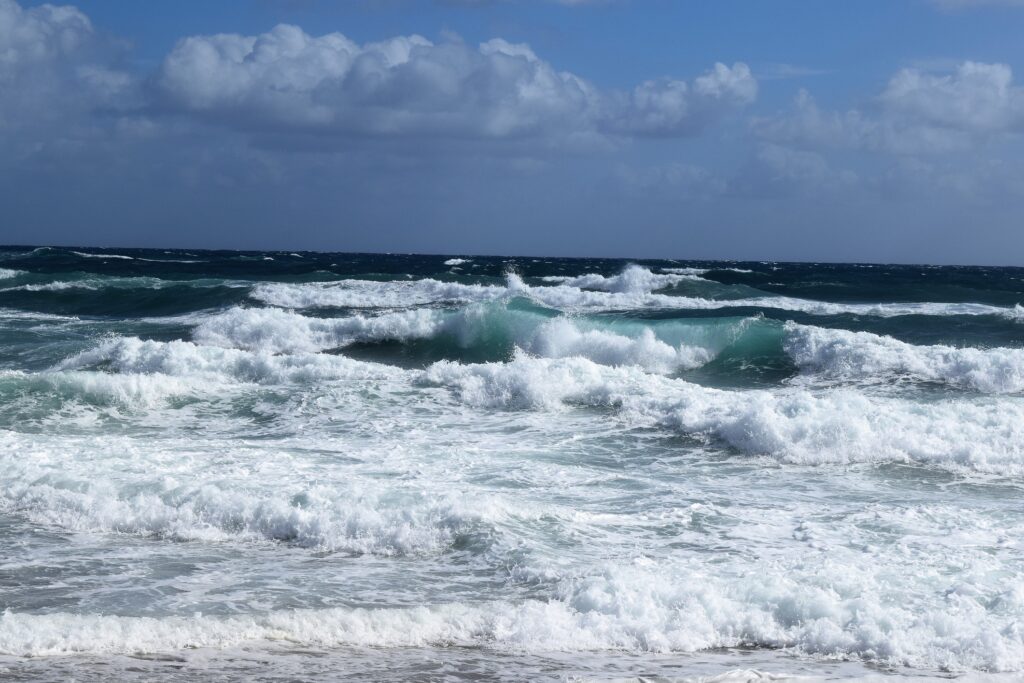SEASIDE HEIGHTS, NJ – While the Jersey Shore is renowned for its beautiful beaches and inviting waters, it’s essential to be aware of potential hazards, such as rip currents. These powerful and potentially dangerous currents can catch even the most experienced swimmers off guard.
Rip currents are powerful channels of water that flow away from the shoreline, posing a significant threat to swimmers. They occur when water from waves piled up near the shore returns seaward, creating a fast-moving current. These currents can pull swimmers away from the beach and into deeper waters, making it difficult to swim back to safety.
They are the most common cause of swimmers in distress and drowning at the Jersey Shore.
Being able to identify rip currents is the first step in ensuring your safety while enjoying the waters of the Jersey Shore. Look out for the following signs:
Rip currents often create a noticeable contrast in water color, appearing murkier, cloudier, or more turbid than the surrounding water. Keep an eye out for areas where the water appears choppy or frothy.
Observe the waves breaking along the shore. If you notice a section where waves don’t align with neighboring areas, forming a distinct break or a gap, it could indicate the presence of a rip current.
Rip currents can carry foam, debris, or seaweed away from the shore. If you spot a trail of floating objects being pulled out to sea, exercise caution and avoid that area.
Rip currents often create a calm and relatively smooth patch of water amidst the surrounding waves. If you notice a calm area or a gap in the waves where the water appears less active, it could be an indicator of a rip current.

It could also be a ‘hole’, a deep area between an offshore sandbar and the beach. These are not dangerous, but at times could be at least ten feet deep and occasionally misleading.
Never swim without a lifeguard on duty. But we know, in reality, people want to take dips in the ocean when there are no lifegurads. If you do this, which you shouldn’t, always swim with a buddy, as it is easier to assist each other in case of an emergency.
Pay close attention to lifeguard warnings and beach flag systems. These are put in place to inform beachgoers about potential dangers, including rip currents. Observe and adhere to any posted signs or instructions.
Choose beaches with lifeguards on duty and swim within their designated areas. These areas are typically safer and monitored regularly.
If Caught in a Rip Current, remain calm and remember the following steps:
- Do not attempt to swim against the current, as it can exhaust you. Swim parallel to the shore until you are out of the rip current’s pull.
- Once out of the current, swim diagonally back to the shore.
- If swimming is too difficult, float or tread water and wave for assistance. Conservation of energy is vital until help arrives.
Rip currents pose a potential risk, but being able to identify their presence is crucial for enjoying a safe and enjoyable experience at the Jersey Shore. By familiarizing yourself with the signs, following safety measures, and heeding lifeguard instructions, you can mitigate the risks associated with rip currents and make the most of your time in the water.
